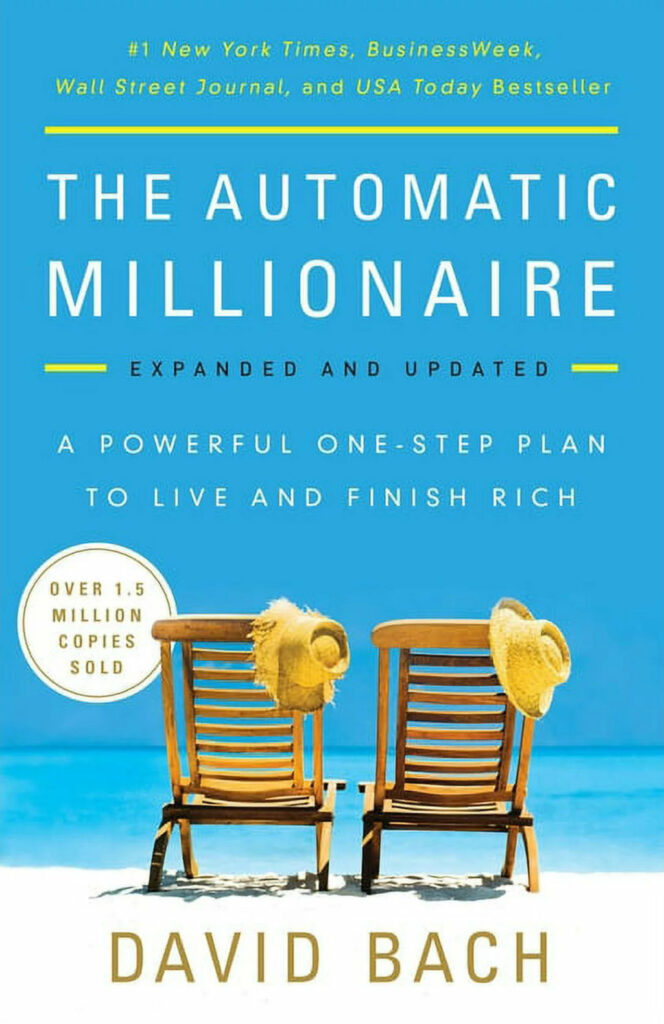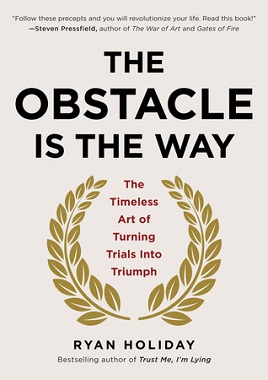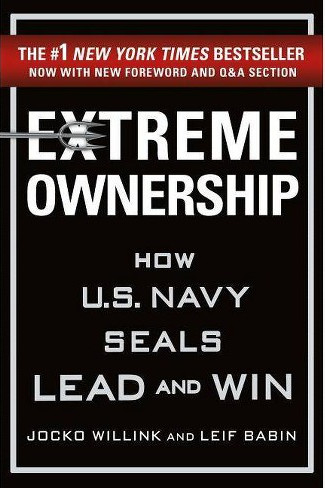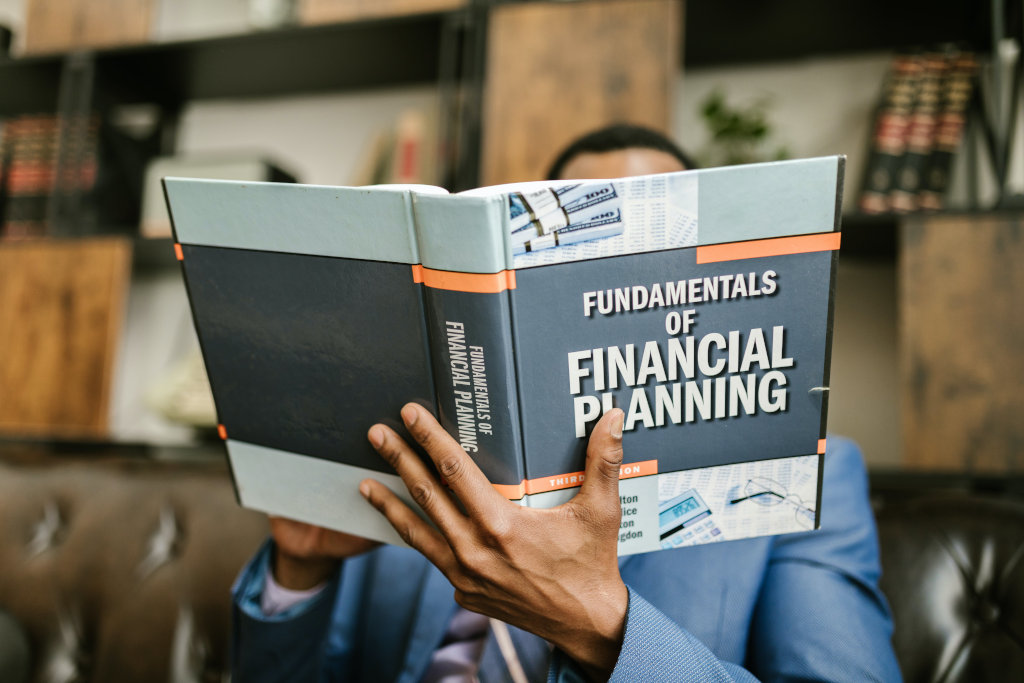In the fast-paced world of finance, where buzzwords and trends come and go, John Bogle stands as a beacon of timeless wisdom. The Little Book of Common Sense Investing, penned by this investment legend, has become a cornerstone for investors seeking a straightforward path to financial success.
The Little Book of Common Sense Investing by John Bogle: A Comprehensive Summary
Who is John Bogle?
Before delving into the book, let’s acquaint ourselves with the author. John Bogle, the founder of Vanguard Group, revolutionized the investment landscape by introducing index funds to the average investor. His approach, rooted in simplicity and prudence, laid the foundation for The Little Book of Common Sense Investing.
The Birth of “The Little Book of Common Sense Investing”
Bogle’s motivation to write this book stemmed from a desire to empower individual investors. The book condenses decades of financial expertise into a digestible guide, making complex investment strategies accessible to everyone. It’s not just a book; it’s a roadmap to financial empowerment.
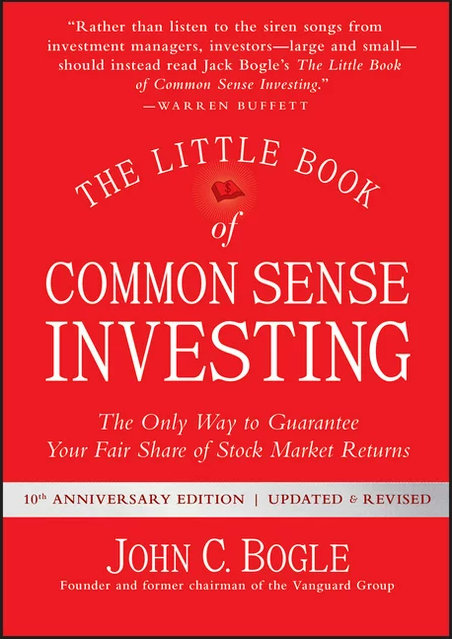
Key Principles of Common Sense Investing
The Power of Index Funds
At the heart of Bogle’s philosophy is the advocacy for index funds. These funds, mirroring a market index, offer diversification and stability. Bogle believed that, in the long run, consistently beating the market is a Herculean task, making index funds a prudent choice for investors.
Keeping Costs Low
Bogle emphasizes the detrimental impact of fees on investment returns. The book urges investors to opt for low-cost funds, putting more money to work for them. It’s a call to shun unnecessary expenses and focus on what truly matters—long-term wealth accumulation.
Long-Term Perspective
Common sense investing involves playing the long game. Bogle encourages investors to resist the allure of short-term gains and instead focus on the enduring benefits of patient, long-term investment strategies.
Unveiling the Myths that Cloud Investment Decisions: Dispelling Misconceptions
Common sense investing debunks several pervasive myths that often lead investors astray, providing clarity and dispelling misconceptions that can hinder sound investment decisions:
- The Myth of Market Timing: A Futile Pursuit
Attempting to predict the short-term movements of the market is akin to chasing a mirage, a futile pursuit that rarely succeeds. Market timing strategies often backfire, and the anxiety and impulsive decisions they often trigger can significantly hinder investment success.
- The Illusion of Superior Stock Picking: A Rare Gamble
While exceptional stock pickers may exist, they are rare, and the vast majority of professional investors fail to consistently outperform the market. The odds of consistently selecting winning stocks are stacked against individual investors, making index funds a more rational choice.
- The Allure of Active Management: An Expensive Misnomer
The allure of active management, with its promise of beating the market, often comes at a steep price. Fees associated with actively managed funds erode returns, significantly diminishing the potential for long-term wealth accumulation.
Embracing Simplicity and Efficiency: The Power of Index Funds
Index funds, passively tracking a broad market index, offer simplicity, efficiency, and transparency. They automatically diversify across a wide range of securities, mitigating the risks associated with individual stock selection. Moreover, index funds typically carry significantly lower fees compared to actively managed funds, allowing investors to retain a greater portion of their returns.
Navigating the Emotional Rollercoaster of Investing: Discipline and Detachment
Investing can be an emotional roller-coaster, with market fluctuations often triggering anxiety and fear. Bogle emphasizes the importance of discipline and emotional detachment, urging investors to focus on long-term goals and avoid impulsive decisions driven by short-term market volatility.
Harnessing the Power of Compound Interest: A Wealth-Creating Engine
Compound interest, the earning of interest on previously earned interest, is a powerful force that can significantly enhance investment returns over time. By starting early, investing consistently, and maintaining a long-term investment horizon, individuals can harness the power of compounding to build substantial wealth.
A Practical Guide to Investment Success: A Step-by-Step Approach
Bogle provides a practical roadmap for individuals embarking on their investment journey, empowering them to make informed decisions that align with their financial goals:
- Define Your Financial Goals: A Clear Vision
Clearly articulate your financial goals, considering your desired lifestyle, retirement plans, and educational aspirations. Envision the financial future you wish to achieve.
- Develop a Risk Tolerance Assessment: Understanding Your Comfort Level
Evaluate your risk tolerance, considering your comfort level with market fluctuations and potential losses. Assess your ability to withstand potential downturns in the market.
- Establish a Time Horizon: A Strategic Framework
Determine your investment time horizon, whether it’s saving for a short-term goal or building a long-term nest egg. Align your investment strategy with your time horizon.
- Embrace Diversification: Mitigating Risk through Broad Exposure
Diversify your investments across a variety of asset classes, such as stocks, bonds, and real estate, to mitigate risk. Spread your investments across different asset classes to reduce overall portfolio risk.
- Minimize Investment Costs: Prioritizing Efficiency
Prioritize low-cost index funds to maximize your returns by reducing the impact of fees. Seek out investment vehicles with minimal fees to maximize your returns.
- Maintain a Long-Term Focus: Patience and Discipline
Avoid impulsive decisions driven by short-term market volatility. Focus on your long-term investment goals and maintain a disciplined approach. Consistency and patience are key to long-term investment success.
Impact on the Investment Landscape
Since its publication, The Little Book has influenced a paradigm shift in the investment landscape. It has compelled both individual and institutional investors to rethink their strategies, fostering a movement towards simplicity, low costs, and long-term commitment.
Criticisms and Controversies
No book is without its critics. The Little Book has faced skepticism, particularly from those advocating more complex and active investment approaches. Addressing these criticisms head-on, Bogle defends the book’s principles with the same logic that underpins his investment philosophy.
Success Stories
The book is not just a theoretical guide; it’s a compilation of success stories from individuals who embraced common sense investing and reaped the rewards. These stories serve as real-world evidence of the efficacy of Bogle’s principles.
Lessons for Investors
Diversification Matters
Bogle’s emphasis on diversification echoes through every page. Investors are reminded that spreading risk across different asset classes is a time-tested strategy to mitigate the impact of market volatility.
Emotions and Investing
The book delves into the psychological aspect of investing, cautioning against emotional decision-making. Bogle’s timeless advice is to stay the course, even when market fluctuations trigger anxiety.
Patience as a Virtue
In a world seeking instant gratification, The Little Book extols the virtues of patience. Bogle’s wisdom encourages investors to remain steadfast, allowing investments the time they need to flourish.
How to Implement Common Sense Investing
Choosing the Right Index Funds
Selecting suitable index funds is crucial. Bogle provides practical insights into navigating the array of options, ensuring investors make informed choices aligned with their financial goals.
Setting Realistic Goals
The book emphasizes the importance of setting achievable goals. Investors are urged to define their objectives clearly, aligning investment strategies with their unique financial aspirations.
Regular Rebalancing
Bogle’s strategy involves periodic reassessment and adjustment. The book guides investors on when and how to rebalance their portfolios to maintain alignment with their financial objectives.
Common Mistakes to Avoid
Chasing Performance
Bogle warns against the temptation to chase performance. The book elucidates how the pursuit of short-term gains can undermine long-term financial success.
Timing the Market
Attempting to time the market is a fool’s errand, according to Bogle. The book dissects the futility of predicting market movements and advocates for a consistent, long-term approach.
Ignoring Costs
The book underscores the significance of cost-conscious investing, cautioning against turning a blind eye to fees that can erode returns over time.
Bogle’s Legacy
As we explore Bogle’s legacy, it’s evident that his influence extends far beyond the pages of The Little Book. His principles have become ingrained in the fabric of financial wisdom, shaping the way investors approach wealth creation.
The Little Book’s Impact on Personal Finance
Beyond investments, The Little Book has a broader impact on personal finance. It serves as a foundational guide for individuals navigating the complex terrain of financial planning, imparting principles that extend beyond the stock market.
Why You Should Read the Book
In a world inundated with financial advice, The Little Book stands out for its simplicity and time-tested wisdom. Whether you’re a seasoned investor or a novice, Bogle’s insights offer a compass for navigating the intricacies of financial markets.
Conclusion
In the journey of financial literacy, The Little Book of Common Sense Investing by John Bogle is a guiding light. Its principles transcend market trends, offering a timeless approach to building and preserving wealth. As you embark on your investment journey, let Bogle’s wisdom be your companion.
FAQs
- Is The Little Book suitable for beginners in investing?
- Absolutely! Bogle’s writing is accessible, making it an excellent starting point for novice investors.
- Can common sense investing be applied in volatile markets?
- Yes, in fact, the book addresses the importance of a long-term perspective, even in volatile markets.
- Are there updated editions of The Little Book?
- While there may be newer editions, the core principles remain consistent, making earlier editions still relevant.
- How can I implement Bogle’s strategies in a retirement portfolio?
- The book offers insights into retirement planning, emphasizing the importance of a diversified and low-cost approach.
- Are there any success stories from investors following Bogle’s principles?
- Yes, the book features real-life success stories, showcasing the positive outcomes of common sense investing.


